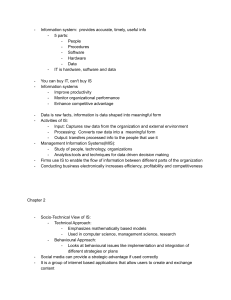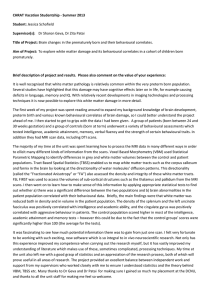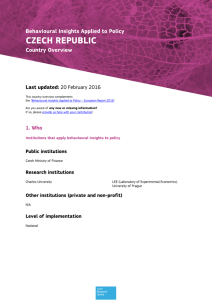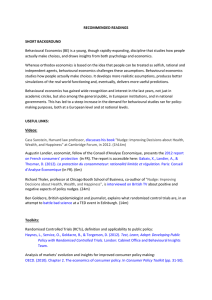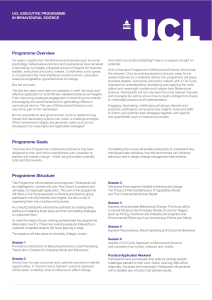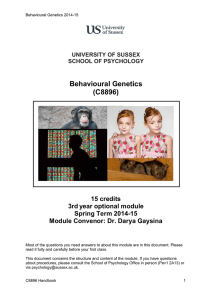Nudging in the EU Elen Stokes Cardiff University
advertisement
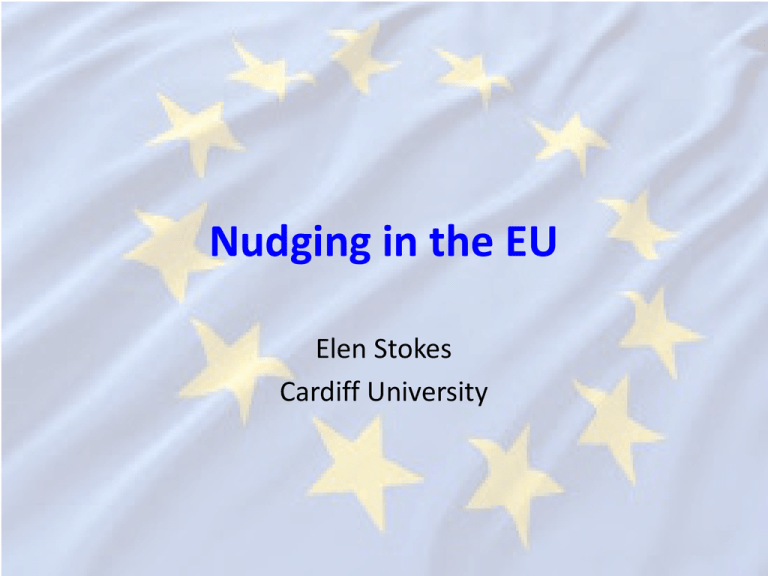
Nudging in the EU Elen Stokes Cardiff University Outline • Application of behavioural sciences in European Union policy-making • Its most immediate implications for EU regulatory environment • The extent to which it can be accommodated by existing administrative law regime Emergence in the EU • Behavioural insights formally applied in 2009 Consumer Rights Directive • DG SANCO Framework Contract for the Provision of Behavioural Studies – Commission JRC • Policy framings – ‘Alternative to regulation’, ‘new’ • Not yet clear how behavioural approach could be systematically applied in EU Interplay with existing regulatory environment EU’s limited formal Its ever-expanding policy competences (Treaty on the activities Functioning of the EU) Building effective and visible ‘Behind the scenes’ EU government engineering of choice Maintaining degree of EU uniformity Heterogeneity of Member States Nudge State and regulatory appraisal • Regulatory Impact Assessment – ‘Operational detail’ not assessed – Non-legislative instruments only assessed where they set out commitments for future legislative action (European Commission, Impact Assessment Guidelines SEC (2009) 92) Nudge State and checks / balances • Judicial review – Article 263 TFEU: European Court of Justice’s remit of review – Behaviourally informed strategies are ‘anomalous administrative acts’ (Alberto Alemanno and Alessandro Spina, ‘Nudging Legally’ (2014) International Journal of Constitutional Law, forthcoming) – Case law: only ‘measures having an equivalent effect’ to legislative restriction subject to review Closing remarks • The ‘behavioural turn’ does not occur in regulatory vacuum • Important to consider behavioural approaches not just in their own terms but also in light of existing regulatory practices and assumptions • Especially in contexts where there is perceived ‘legitimacy crisis’, e.g. the EU
